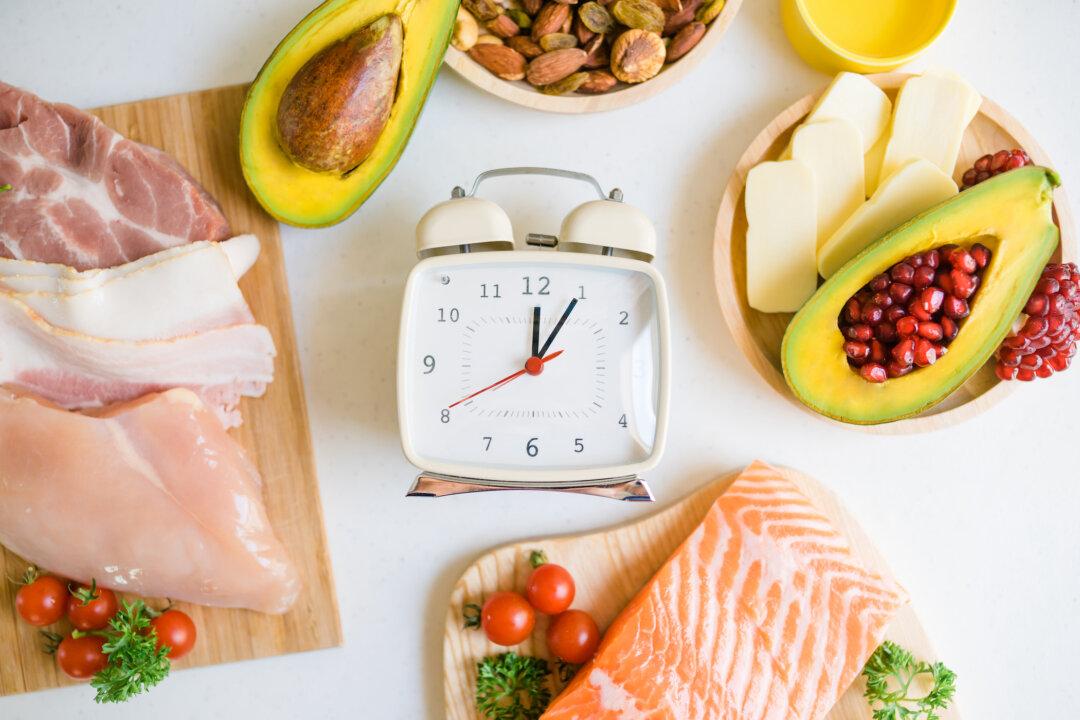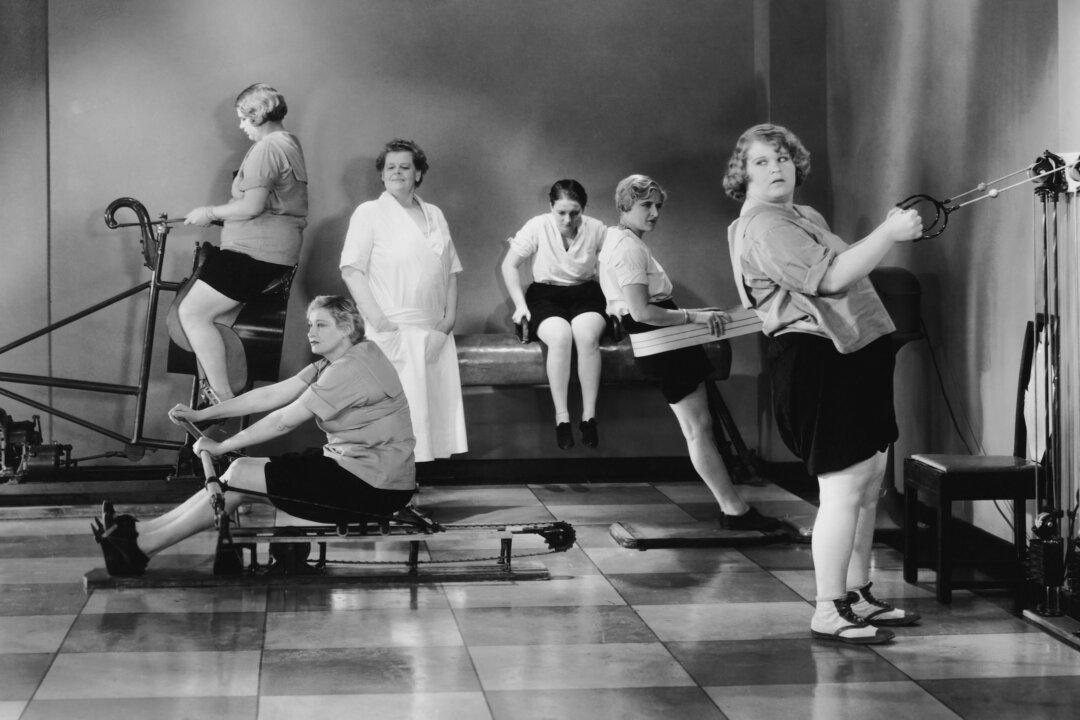Cholesterol is not the evil, dietary monster it is made out to be! It is one of the most misunderstood substances on the planet, and consuming it in your diet could be lifesaving. We would not be able to survive without it because it is such a vital nutrient.
Sources of Cholesterol
Approximately 25 percent of our daily requirements of cholesterol comes (~300–500 mg) comes from our diet and the remaining 75 percent of cholesterol is produced by the body itself (~800–1200 mg). Of this cholesterol manufactured by the body, the liver produces approximately 20 percent of it while other cells in our body synthesize 80 percent (1).The Effects of Dietary Cholesterol on the Body
Eating foods high in cholesterol was initially thought to raise blood cholesterol levels and increase our chances of developing cardiovascular disease. Over the years some of the most nutritious foods, such as eggs, butter, and animal meats, became demonized by the health care profession. As a result, foods high in natural cholesterols have virtually become extinct from our diets.The only way to prevent the body from overproducing cholesterol is to consume a sufficient amount of dietary cholesterol and reduce carbohydrate intake.
We Excrete Most of the Dietary Cholesterol We Consume
As a result, eating foods high in cholesterol have very little impact on our cholesterol levels. The majority of our dietary cholesterol intake is not absorbed by the body and is excreted by our gut. Most of the cholesterol we reabsorb is the cholesterol manufactured by our bodies. Almost all of the cholesterol in the body is cholesterol that has been produced by our body, and not from our diet. Therefore, restricting our dietary intake of cholesterol has little effect on our cholesterol levels (1).How the War Against Cholesterol Originated
During the 1960s, Ancel Keys, a scientist from the University of Minnesota, was studying the effects of diet and coronary disease. He compared the dietary fat intake of subjects in seven different countries and noted their mortality rates. In the famous Seven Countries study (an, ahem, association study) he concluded: Cholesterol levels predicted risk for heart disease, the amount of saturated fat in the diet predicted cholesterol levels, and monounsaturated fat protected against heart disease (3).When Cholesterol Can Be Harmful
Cholesterol is only harmful if is in its oxidized forms. One of the ways cholesterol becomes oxidized is during the processing of foods such as reduced-fat milk, powdered milk, and powdered egg. Inflammatory processes can also cause healthy cholesterol to oxidize within the body, which results in the production of dangerous arterial plaques (2, 7).High-Density Lipoprotein (HDL) and Low-Density Lipoprotein (LDL) ‘Cholesterols’
Neither HDL nor LDL are actual cholesterols. They are actually protein transport mechanisms for cholesterol within the body. LDL molecules carry cholesterol away from the liver to other organs and extremities for many reasons such as the production of steroid hormones, and the transpiration of critical fat-soluble nutrients. HDL molecules return the same cholesterol back to the liver so it can be recycled.Large LDL particles that weigh more (carrying more cholesterol) are actually very safe. Small, dense LDL particles are the pesky ones (carrying less cholesterol) that can increase your risk of heart disease. This is because these particles are more susceptible to oxidation, thus, triggering an unwanted inflammatory response. These smaller LDL particles are often found in processed and refined carbohydrates.
Dietary Approach to Prevent Cardiovascular Disease
To reduce your chances of developing cardiovascular disease or experiencing any cardiovascular-related events, it is important you follow the following dietary recommendations:- Have a normal, unrestricted intake of dietary cholesterol and healthy natural fats.
- Eat foods from animal sources because they are rich in fat, cholesterol, and complete proteins.
- Avoid highly processed, rancid vegetable oils, and trans fats.
- Eliminator or reduce your consumption of refined carbohydrates and starchy foods.
Cholesterol Friendly Recipes

Coconut Oil Omelet With Avocado (Serves 1)
- 1 chopped onion
- 1 chopped tomato
- 2 eggs
- 1 tbsp virgin coconut oil
- 1/4 sliced avocado
- Sea salt and freshly ground pepper to taste
- Salsa (optional)
- Beat the eggs in a bowl.
- Add in the chopped onion, tomato, sea salt, and freshly ground pepper into the bowl with the eggs and mix.
- Add the virgin coconut oil to a skillet and place on medium heat.
- Add the egg mixture once the coconut oil has liquified and cook for approximately 2 minutes.
- Flip the omelet and cook for another minute.
- Remove the omelet from the skillet and serve with avocado slices and salsa.
Shrimp Scampi (Serves ~4)
- 2 lbs fresh shrimp
- 1/2 cup unsalted butter
- 6 cloves pressed garlic
- 1 tsp lemon zest
- 2 tbsp freshly squeezed lemon juice
- Sea salt and cayenne pepper to taste
- 1/4 cup chopped, fresh parsley
- Preheat your oven to 400 F (200 C).
- Melt the butter in a baking pan inside of the oven.
- Once the butter has melted add the garlic, sea salt, cayenne pepper, and 1 tbsp of the parsley.
- Stir well and bake uncovered for 5 minutes.
- Flip the shrimp over and add the lemon juice, lemon zest, the rest of the chopped parsley, and stir.
- Cook for another 10 minutes (or until ready).
- Remove from the pan and pour the remaining garlic butter over the shrimp.
Veal Stew
- 1 tbsp extra virgin olive oil
- 1 tbsp unsalted butter
- 1 lb veal cut into cubes approximately 1″ thick
- 1 sprig fresh tarragon or 1/2 tsp dried tarragon
- 1 pound spring onions
- Sea salt and freshly ground black pepper to taste
- 1/4 to 1/2 cup of water
- 1 cup fresh shelled peas, snow peas, or frozen peas
- 1/2 cup diced carrots
- 1/2 cup sliced celery
- Place a 12″ skillet on the stove and turn the burner to high heat.
- Add the oil and butter to the skillet.
- Add the meat once the butter and oil are warmed.
- Allow the meat to brown on the bottom for about 5 minutes.
- Add the tarragon, onions, sea salt, and pepper.
- Stir occasionally until the onions are soft and the meat stuck to the bottom of the skillet is released.
- Add the water and stir.
- Reduce to low heat, cover, and cook for 15 to 20 minutes.
- Uncover the skillet, add the peas, carrots, and celery, and raise the heat to medium, and cook for about 5 minutes.





